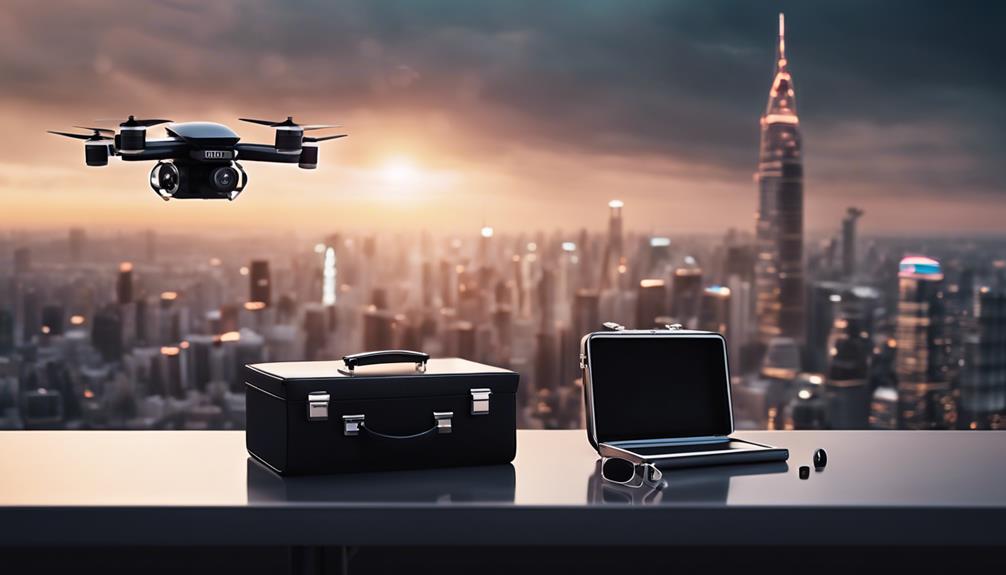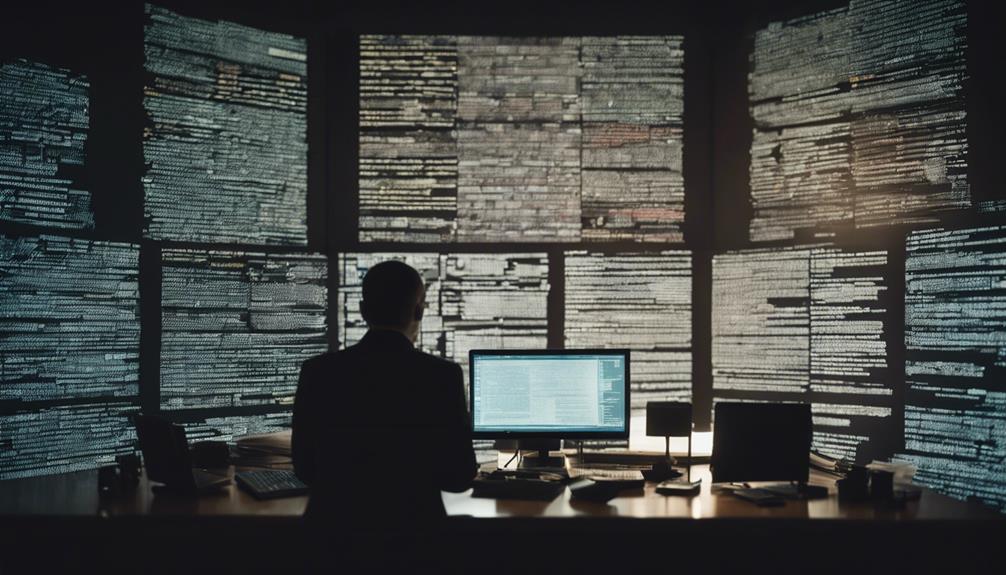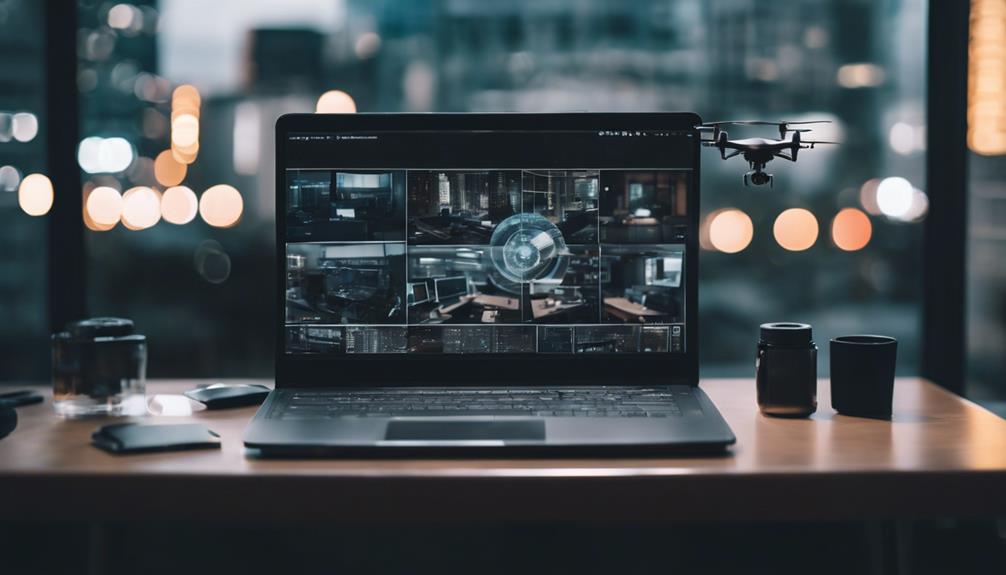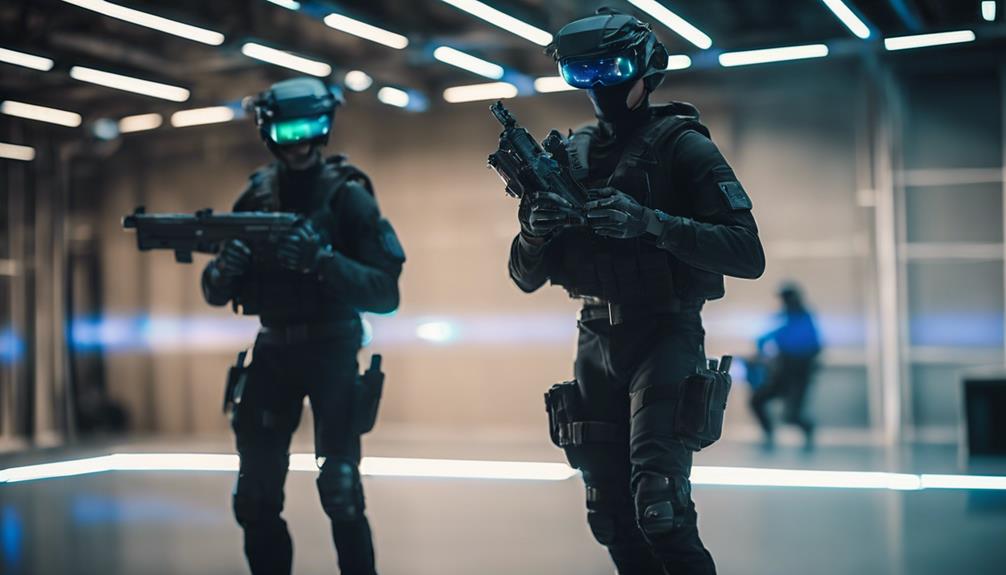
In an age where technology is advancing at an unprecedented rate, the risk of privacy invasion looms larger than ever. One of the most disturbing manifestations of this is the increasing prevalence of changing room spy cameras. These covert devices, often hidden in seemingly innocuous objects, present serious threats to personal privacy and safety. This article will delve into the dangers posed by such surveillance, the legal ramifications for offenders, and what consumers can do to protect themselves while shopping.
Understanding the Dangers of Changing Room Spy Cameras
Changing room spy cameras are not just a violation of personal privacy; they can also lead to severe emotional and psychological distress for the individuals recorded without their consent. The mere thought of being watched while trying on clothes can create a sense of vulnerability and fear, impacting self-esteem and comfort levels. Victims often feel a loss of autonomy, as their most private moments are turned into public spectacles without their knowledge. This invasion can lead to long-lasting effects, including anxiety, depression, and a general distrust of public spaces.
Moreover, the potential for exploitation of such footage is significant. Irrespective of the motives behind their installation, these cameras can be used for harassment, blackmail, or distribution of non-consensual pornography. The digital age has made sharing and distributing visual content alarmingly easy, raising the stakes for victims. The consequences of such actions can be devastating, not only for the individuals involved but also for society as a whole, normalizing a culture of surveillance and objectification.
The Legal Implications of Using Spy Cameras in Fitting Rooms
Legally, the installation and use of spy cameras in changing rooms are fraught with complexities. In many jurisdictions, it is considered a criminal offense to record individuals in places where they have a reasonable expectation of privacy, such as restrooms and changing rooms. Penalties can range from fines to imprisonment, depending on the severity of the offense and local laws. However, enforcement can be inconsistent, and many cases go unreported, leaving victims without recourse.
Additionally, the legal landscape is complicated by the rapid evolution of technology. While laws typically address overt surveillance measures, the discreet nature of modern spy cameras can make it challenging to prosecute offenders. Legal loopholes may allow some perpetrators to evade justice, further victimizing those affected. Victims are often left feeling powerless, as navigating the legal system can be daunting and intimidating, hindering their ability to seek justice.
How to Spot Hidden Cameras in Changing Rooms
Detecting hidden cameras in changing rooms requires vigilance and awareness. One of the first steps is to look for unusual objects that do not belong, such as smoke detectors, air fresheners, or decorative items that appear out of place. Many modern spy cameras are designed to blend in, making them difficult to spot, so a thorough inspection is essential. Pay attention to any signs of tampering, such as altered fixtures or unusual wiring that could indicate the presence of a camera.
Another effective strategy is to utilize your smartphone. Many apps are available that can help detect hidden cameras by scanning for unusual wireless signals or infrared lights. While not foolproof, using technology to enhance your awareness can provide an additional layer of protection. Always trust your instincts—if something feels off, it’s better to err on the side of caution and report your concerns to store management or security personnel.
Protecting Your Privacy: What to Look Out For
When entering a fitting room, being proactive about your privacy begins with understanding what to look for. First, consider the layout of the changing area. If the room feels unusually open or lacks curtains, that could indicate a lack of privacy and potential surveillance. Additionally, be wary of any mirrored surfaces, as they may be two-way mirrors typically used for surveillance. If you suspect a mirror is not what it seems, inspect its edges for gaps or imperfections.
Moreover, always be mindful of your surroundings. Listen for unfamiliar noises, such as the sound of a camera shutter or recording. If you notice anything suspicious, take immediate action. This might include alerting store personnel or leaving the fitting room altogether. Your safety and comfort should always be the top priority, and being aware can empower you to protect your privacy effectively.
Consumer Rights: Reporting Spy Camera Incidents
Consumers have the right to feel safe and secure while shopping, and knowing how to report incidents of spy cameras is crucial. If you discover a hidden camera or suspect that you are being recorded without your consent, it is essential to report the incident immediately to store management. They are obligated to take your concerns seriously and investigate the situation thoroughly. Documenting the incident, including taking photographs or noting the location, can be helpful for your claims.
Additionally, you may also want to report the incident to local law enforcement. Given the serious legal implications, authorities can take the necessary steps to address the situation and prevent future occurrences. Victims should also consider contacting privacy advocacy organizations that can offer support and guidance on navigating the aftermath of such violations. Remember, speaking up not only helps protect your rights but also contributes to a wider culture of awareness and change.
The Technology Behind Changing Room Spy Cameras
Changing room spy cameras often utilize advanced technology that makes them smaller, more discreet, and harder to detect. Many of these devices can be concealed in everyday items like electrical outlets, coat hooks, or even clothing racks. Some models are equipped with wireless capabilities, allowing them to transmit video footage in real-time, making it easier for offenders to monitor their victims without being physically present.
The rise of high-definition cameras and cloud storage solutions has further complicated the issue. With the ability to record in high quality and store footage remotely, offenders can exploit these technologies for nefarious purposes with little risk of immediate discovery. It is crucial for consumers to remain informed about such technologies and to advocate for stronger regulations to deter the use of these devices in public spaces, especially fitting rooms.
Real-Life Cases: Victims of Spy Camera Surveillance
The impact of changing room spy cameras is tragically illustrated by real-life cases of victims who have endured significant trauma due to such surveillance. Many victims find their lives drastically altered after discovering they were recorded without their consent. Emotional scars can linger long after the initial incident, leading to issues like anxiety, social withdrawal, and a reluctance to engage in shopping or other public activities.
These incidents highlight the urgent need for stronger legal protections and societal awareness regarding the impact of voyeurism. The stories of these victims serve as a solemn reminder that behind the technology, there are real people whose lives have been irrevocably changed. Advocacy for transparency and accountability in retail spaces is essential to ensuring that no one else has to endure such violations of their privacy.
Ethical Considerations: Where Do We Draw the Line?
The ethical implications surrounding changing room spy cameras are complex and multifaceted. On one hand, the use of surveillance technology can be justified by some retailers as a means of loss prevention or security. However, this rationale often fails to consider the significant invasion of privacy that such measures entail. The right to privacy should always trump the perceived benefits of surveillance, especially in spaces designed for personal use such as dressing rooms.
Furthermore, the ethics of voyeurism and consent must also be scrutinized. The mere act of installing a camera in a place where individuals expect privacy raises serious moral questions about the nature of consent and the objectification of others. Society must grapple with these ethical dilemmas, as failure to address them can pave the way for a culture where personal privacy is routinely compromised in the name of security or profit.
How Retailers Are Addressing Surveillance Concerns
In response to growing concerns about privacy violations, many retailers are taking proactive steps to address surveillance issues in their changing rooms. Enhanced training for staff about the legal and ethical implications of surveillance is becoming increasingly common, ensuring that employees are aware of the potential consequences of hidden cameras. Additionally, some retailers are opting for transparent policies that clearly state their commitment to customer privacy.
Moreover, technological solutions are being explored to enhance security while respecting privacy. Some stores are implementing advanced sensor technology that detects unauthorized recording devices without invading the privacy of customers. By adopting a dual approach that prioritizes both security and consumer privacy, retailers can foster a safer shopping environment for everyone.
Tips for Staying Safe While Shopping in Changing Rooms
To protect your privacy while shopping in changing rooms, it’s crucial to remain vigilant and informed. Before entering a fitting room, take a moment to observe your surroundings. Choose a changing room that feels private; if possible, opt for those that are less frequented. When inside, thoroughly inspect the area for any signs of concealed cameras or unusual objects. If you notice anything suspicious, do not hesitate to leave and report your observations.
Additionally, consider shopping with a friend or family member for added security. Having someone with you can provide support and help you feel more comfortable while trying on clothing. Lastly, familiarize yourself with store policies regarding privacy and surveillance. Being knowledgeable about your rights can empower you to speak up if you ever encounter a situation that feels compromising or invasive.
Changing room spy cameras represent a significant threat to personal privacy and safety, highlighting the urgent need for awareness and action. As consumers, understanding the dangers, legal implications, and ethical considerations of such surveillance is essential for protecting ourselves and our loved ones. Retailers, too, play a critical role in ensuring customer privacy and safety, fostering a shopping environment built on trust and respect. By staying informed and vigilant, we can collectively work towards creating a culture that prioritizes privacy over surveillance, ensuring that our public spaces remain safe and welcoming for everyone.




